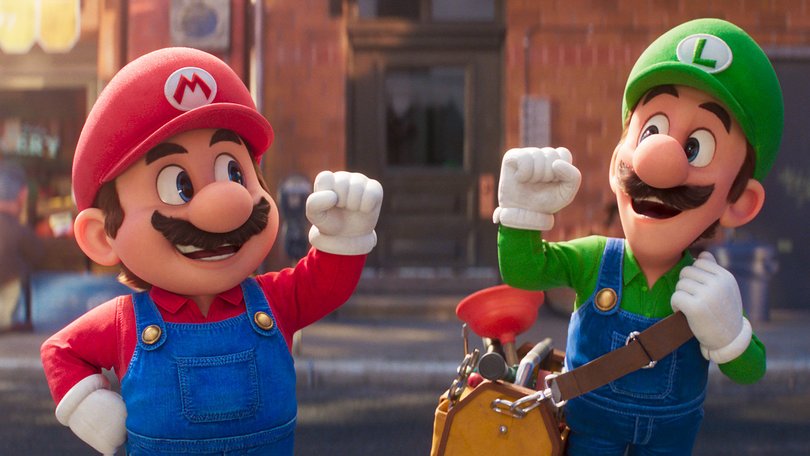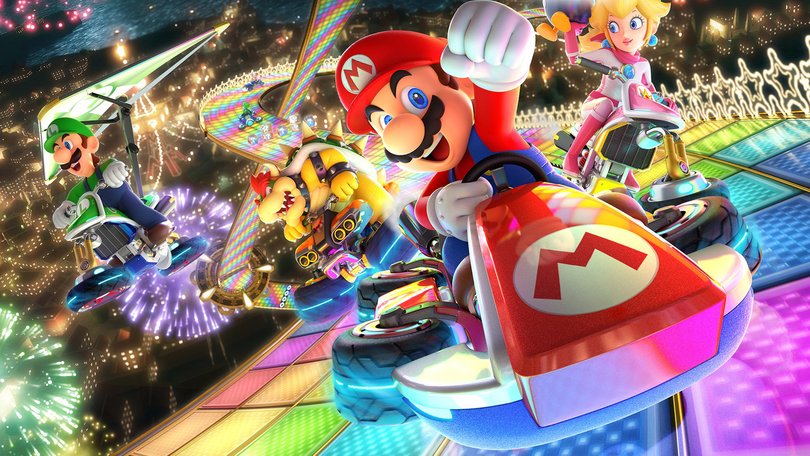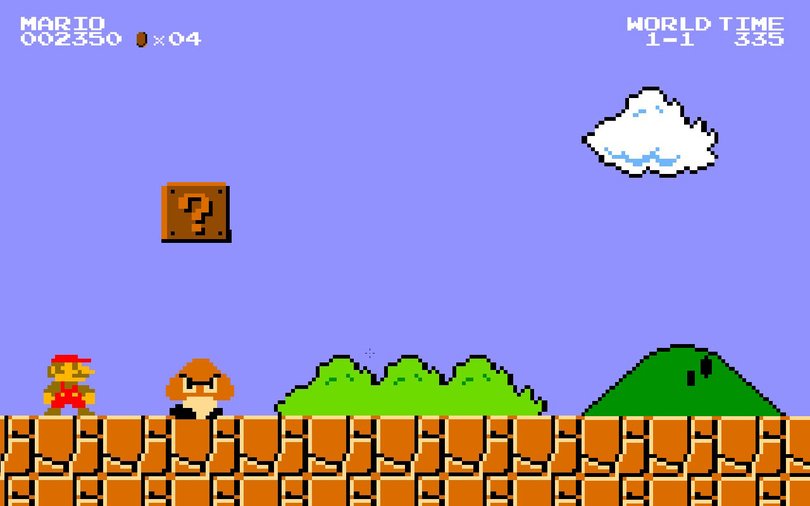Nintendo Switch 2: How Mario became the most iconic video game character in history

When Mario was born in pixel form, he wasn’t the hero of his own story. He wasn’t even Mario.
In 1981, Mario made his debut as a carpenter called Jumpman, a supporting character in the Donkey Kong arcade game Nintendo created to save the company from the financial blackhole brought on by the failure of Radar Scope, an Asteroids-like competitor that failed to fire.
Jumpman was a collection of pixels designed to foil DK as he made his way up the ladder to rescue his girlfriend, Pauline, from the big ape antagonist.
Sign up to The Nightly's newsletters.
Get the first look at the digital newspaper, curated daily stories and breaking headlines delivered to your inbox.
By continuing you agree to our Terms and Privacy Policy.Forty-four years later, Nintendo has just released the Switch 2, a hybrid game console that had throngs of fans queuing despite the $700 price tag. It’s the first significant console release in years, from not just Nintendo but any brand — but there wouldn’t be a Switch 2 if it wasn’t for Mario.
The character has become Nintendo’s de facto brand mascot, emblazoned across every kind of merchandise you can buy, in addition to appearing in over 200 games that have sold hundreds of millions of units — not to mention the TV shows, the movies and theme parks.
Can you ever hear the names Mario or Luigi without a little voice in your head going, “Mario!” with that high-pitched uptick?

When it comes to gaming icons, no one is more recognisable than Mario. Sorry, Zelda, Pikachu and Sonic, you know this is true.
The success of the Donkey Kong arcade game established Nintendo as a force in America, a market that was harder to crack than its native Japan, where it had found success since the release of Color TV-Game in 1977.
Created by product developer Shigeru Miyamoto, Jumpman became Mario when the Nintendo American team renamed the character, almost as a joke, after the elusive warehouse manager, Mario Segale, of the facility that held its unsold Radar Scope machines.
By the time the character made his next appearance in Donkey Kong Jr, he’d been renamed to Mario and was now a plumber. He was also the antagonist — it was an ape’s turn to play hero and rescue his dad from the clutches of evil Mario.
The next year, Mario was finally where he belonged, as the title character of his game. Mario Bros was released in 1983, and it also introduced his brother Luigi, and they were both plumbers.
More importantly, Mario Bros was one of 17 in-built games that were included in Nintendo’s first foray into the home console market when it launched Family Computer (Famicom) in July of the same year. By 1986, the console was being sold nationwide across the US and Mario jumped his way into loungerooms all over.

But that alone wouldn’t have been enough. Mario became a star because he was ubiquitous. Nintendo thrust him into a bunch of games that had nothing to do with his quest.
Across the 1980s, he appeared in a dozen games including as a referee in Punch-Out, an umpire in Tennis, and a golfer in Golf. The connection between Nintendo and Mario was born.
The release of the handheld Game Boy console was a game-changer and Super Mario Land was one of the first four titles released for the hot new item in electronic toys. Across 12 levels, Mario had to rescue Princess Daisy from the alien Tatanga. He jumped down pipes, collected coins and fought off bosses. It was addictive, and the portability of the Game Boy meant it could be played anywhere.
The launch of Mario Kart in 1992 also supersized the franchise because it meant that a bunch of players could compete against each other while in the same room, and it became a something fun to pull out at parties. Mario became the most social he had ever been.

He made his first TV appearance in 1983, in a cartoon series as a circus trainer, and then the Super Mario Show in 1989. In 1993, decades before Chris Pratt became his voice in the billion-dollar CGI movie, there was a live-action movie with Bob Hoskins and John Leguizamo as Mario and Luigi, Samantha Mathis as Princess Daisy and Dennis Hopper as the villainous Koopa.
The movie bombed and the box office run didn’t make its production budget back, but it was an early example of a video game to screen adaptation, which really spoke to the cultural ubiquity of the characters.
Now, with the launch of Switch 2, there are 12 existing Switch games that Nintendo has updated for free for the new system. Not surprisingly, three of them are in the world of Mario.

